What Is An Nd Pl Filter?
Understanding ND and PL Filters: A Comprehensive Guide for Photographers and Videographers
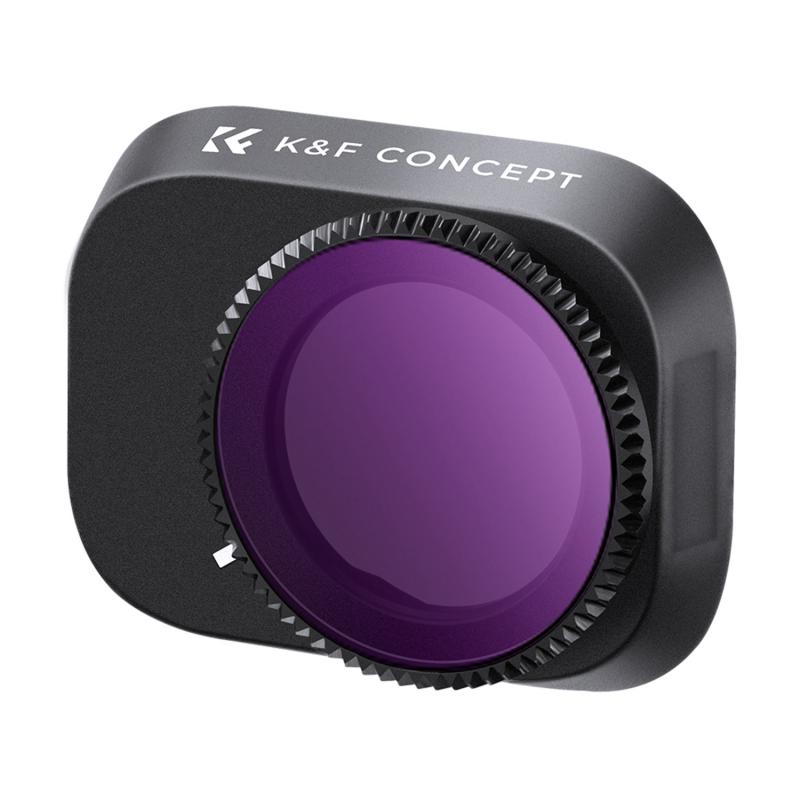
Photography and videography have evolved substantially over the years, thanks to technological advancements and the continuous improvement of camera capabilities. Amidst this evolution, certain accessories remain timeless in their utility, performing crucial roles in enhancing the quality of imagery. Among these essential accessories are Neutral Density (ND) and Polarizing (PL) filters. This article delves into the intricacies of ND and PL filters, exploring their functions, differences, and scenarios where each shines, enabling photographers and videographers to make informed choices.
Overview of ND Filters (Neutral Density Filters)
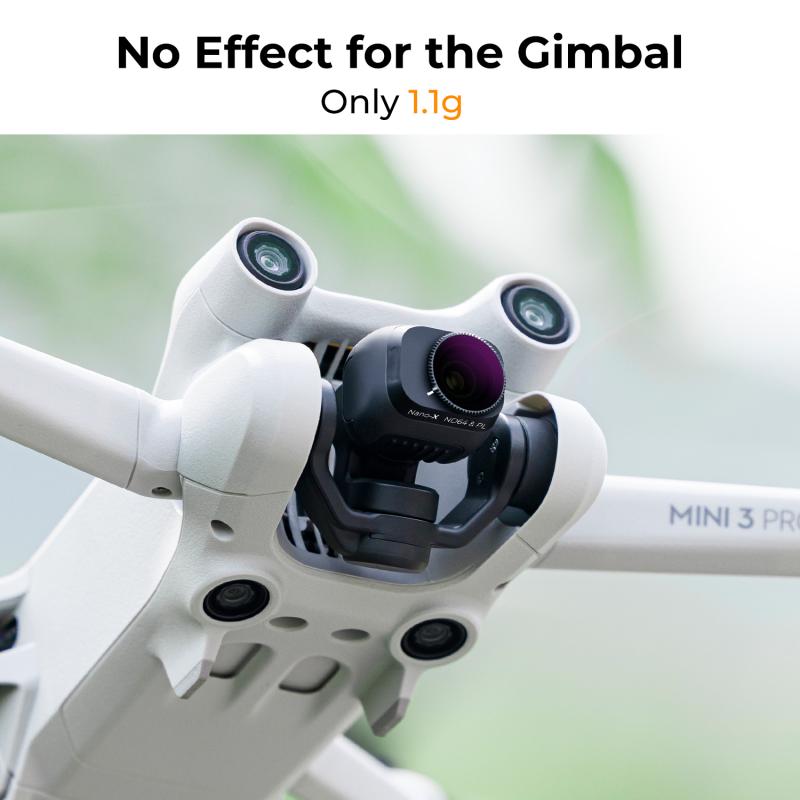
Function and Purpose
ND filters are designed to reduce the amount of light entering the camera lens without altering the color of the scene. Think of ND filters as sunglasses for your camera; they uniformly dim the light in the scene, allowing for greater creative control over exposure settings.
Use Cases
1. Long Exposure Photography: ND filters enable photographers to use slower shutter speeds to create stunning long exposure images, even in bright daylight. For instance, capturing the silky smooth effect of flowing water, cloud movement, or light trails.
2. Depth of Field Control: In bright environments, ND filters allow for wider apertures (lower f-stop numbers) without overexposing the shot. This is critical for portrait photography, where a shallow depth of field is often desired to isolate the subject from the background.
Types and Strengths
ND filters come in varying strengths, indicated by a number (e.g., ND2, ND4, ND8, etc.), representing how much light is reduced. Stronger ND filters (e.g., ND1000) are used for very bright conditions or extremely long exposures, while moderate ones (e.g., ND4 or ND8) are sufficient for less intense settings.
Overview of PL Filters (Polarizing Filters)
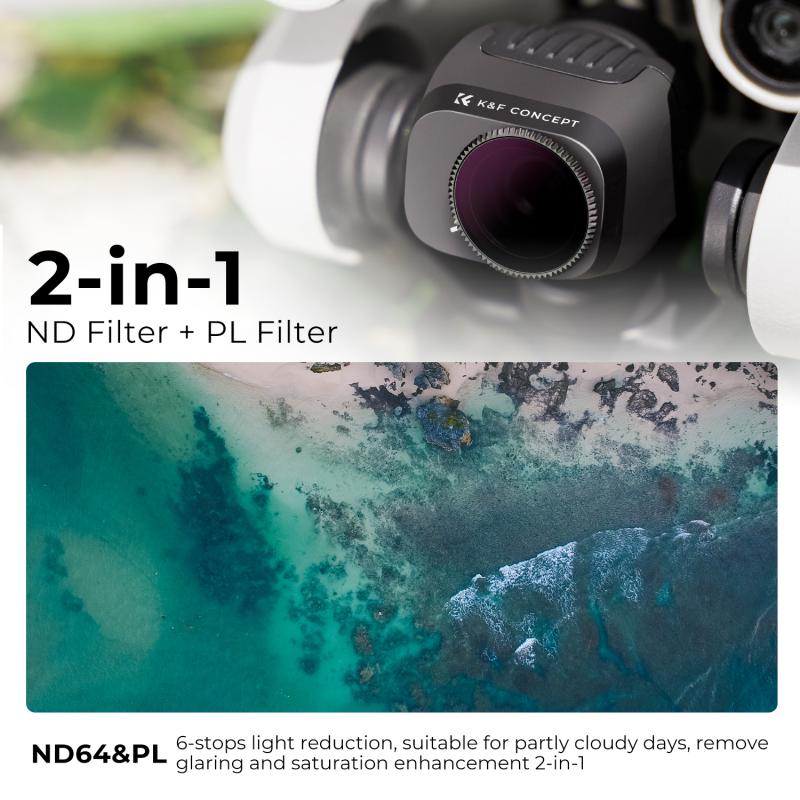
Function and Purpose
Polarizing filters, or PL filters, are designed to manage reflections and glare from non-metallic surfaces, enhance contrast, and enrich the colors of a scene. They achieve this by filtering polarized light, which is light that has been reflected or scattered.
Use Cases
1. Reducing Reflections: PL filters are essential for reducing unwanted reflections from surfaces like water, glass, and leaves. This is particularly useful in landscape photography where water bodies or rainy conditions are present.
2. Enhanced Color Saturation: PL filters can make skies appear more vivid by darkening the blue tones and increasing cloud contrast. Similarly, they can enhance the contrast and saturation of foliage and other colorful subjects.
3. Improving Image Clarity: By cutting through haze and atmospheric mist, polarizing filters help achieve clearer and crisper images, making distant subjects stand out more prominently.
Operation
PL filters must be rotated to be effective. As you look through the viewfinder or live view, rotate the filter until you achieve the desired effect, whether it’s minimizing glare or enhancing color.
ND vs. PL Filters: Key Differences
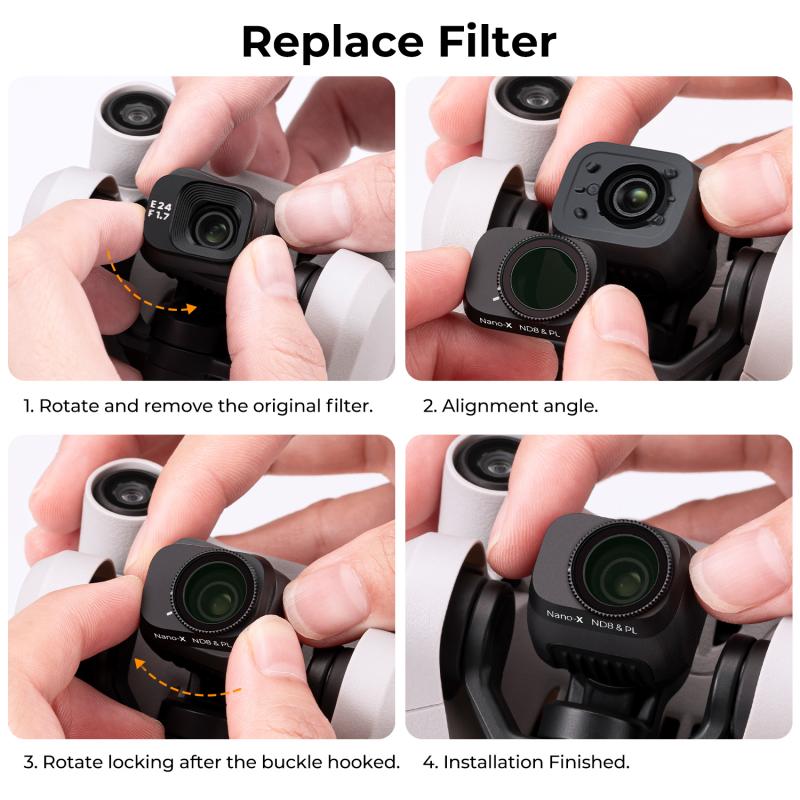
While both ND and PL filters modulate light entering the camera, they serve distinct purposes:
- Light Reduction vs. Light Manipulation: ND filters uniformly reduce light intensity, while PL filters selectively cut polarized light to manage reflections and enhance colors.
- Application Scenarios: ND filters are vital for controlling exposure times and depth of field, essential in long exposure and portrait photography. PL filters shine in conditions requiring reflection management and color enhancement, such as landscape and outdoor photography.
- Color Influence: ND filters do not alter color balance, maintaining the scene’s natural hues. In contrast, PL filters can enhance colors and contrast, directly affecting the image’s aesthetic.
Combined ND/PL Filters
For photographers and videographers looking to maximize creative control, combined ND/PL filters offer a compelling solution. These hybrid filters provide the benefits of both ND and PL filters in one package, reducing light intensity while managing glare and enhancing colors.
Advantages:
1. Convenience: One filter instead of two means fewer accessories to carry and swap during a shoot, saving time and effort.
2. Versatility: Particularly useful in scenarios like shooting waterfalls on a sunny day, where you need both long exposure and glare reduction.
Considerations:
- Price: Combined ND/PL filters can be more expensive than purchasing separate ND and PL filters.
- Complexity: Slightly more complex to use, as you need to balance both light reduction and polarization effects.
Practical Tips for Using ND and PL Filters
When choosing and using ND or PL filters, consider the following practical tips to leverage their full potential:
1. Know Your Scene: Assess the scene to determine whether you need ND, PL, or a combined ND/PL filter. For instance, a bright landscape with reflective water might benefit from an ND/PL filter.
2. Filter Strength: Choose the appropriate strength for the ND filter based on lighting conditions and your creative needs. Carry a range of filters if possible, from moderate to strong.
3. Polarizer Adjustment: When using a PL filter, rotate it to see the difference it makes in real-time. Take test shots and adjust as needed to achieve the ideal effect.
4. Lens Compatibility: Ensure that your filters match the diameter of your lens. Step-up or step-down rings can be used to fit filters to different lens sizes.
5. Cleanliness: Keep your filters clean to avoid introducing unwanted artifacts into your images. Use a microfiber cloth and appropriate cleaning solutions.
ND and PL filters are indispensable tools for photographers and videographers aiming to elevate their craft. By understanding their distinct functions and how to effectively deploy them, you can achieve exquisite control over exposure, reflection, and color in your images. Whether you are capturing the tranquil flow of a river, the vivid hues of a scenic landscape, or the intimate details of a portrait, ND and PL filters provide the creative flexibility to transform your vision into reality. As you experiment and familiarize yourself with these filters, you’ll discover new dimensions in your photographic and videographic endeavors, enriching your portfolio with images that truly stand out.




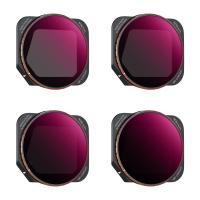
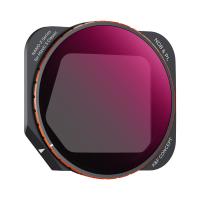
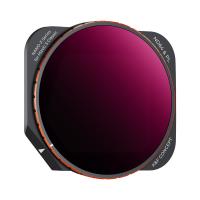
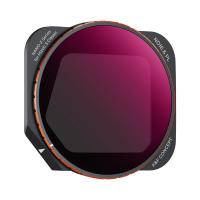
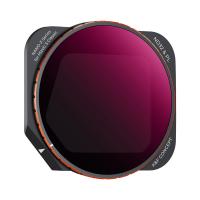
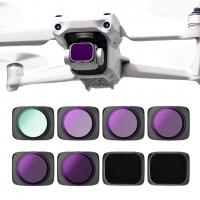


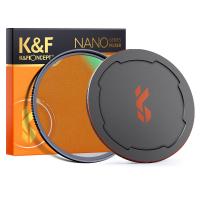


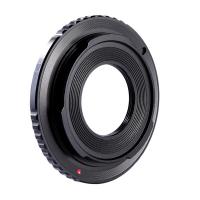

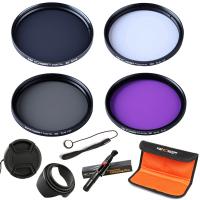


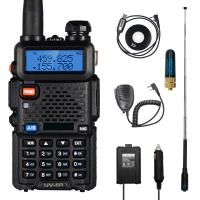
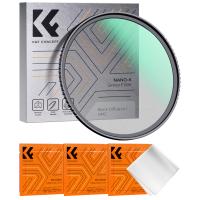

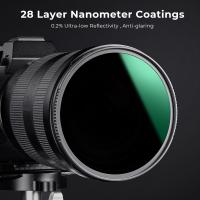


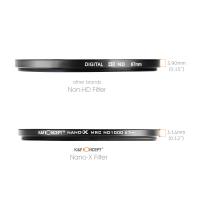

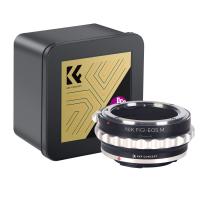



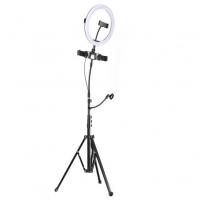




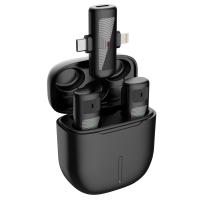

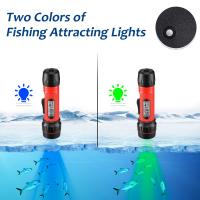
There are no comments for this blog.